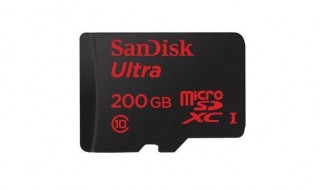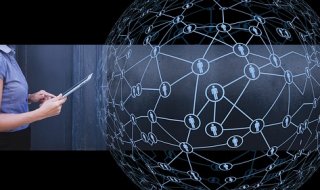Artificial intelligence (AI) is revolutionizing the world in ways we’ve never seen before. From automated driving to personalized healthcare, AI’s applications are as varied as they are groundbreaking. However, the rapid evolution of AI is not only attributed to advancements in algorithms and data collection. An equally significant player is AI hardware. As a tech entrepreneur navigating the world of artificial intelligence, understanding the development of AI hardware can provide a clearer picture of how to leverage AI most effectively in your own enterprise.
This article delves into the evolutionary journey of AI hardware to give you a comprehensive understanding.

Contents
- 1. Mainframes: The Humble Beginnings
- 2. Transition To Personal Computers
- 3. Rise Of Graphics Processing Units (GPUs)
- 4. Specialized AI Chips: Purpose-Built Solutions
- 5. Cloud Computing: Remote Access To Hardware Resources
- 6. Edge Computing: AI Where You Need It
- 7. Quantum Computing: A Glimpse Into The Future
- Conclusion
1. Mainframes: The Humble Beginnings
The history of AI hardware can be traced back to the time of mainframes. These were gigantic machines that consumed large amounts of electricity and physical space. Back then, computing power was not only limited but also highly expensive.
Although not optimized for AI applications, mainframes served as the first available tool for researchers to experiment with machine learning algorithms.
2. Transition To Personal Computers
The rise of personal computers in the late 20th century democratized access to computing power. The processors were still not highly optimized for AI tasks, but they allowed more individuals to explore the possibilities.
The capabilities of these processors were enhanced by parallel computing, which used multiple CPUs to process data simultaneously, setting the stage for more complex algorithms.
3. Rise Of Graphics Processing Units (GPUs)
Graphics Processing Units, or GPUs, initially designed for rendering video games, emerged as a game-changer for AI development. They were found to be much more efficient than CPUs in handling the matrix calculations that form the core of many AI algorithms.
By leveraging the power of GPUs, researchers and developers were able to run complex deep learning models much more efficiently.
4. Specialized AI Chips: Purpose-Built Solutions
As the field of AI expanded, so did the need for specialized hardware tailored to specific needs.
These custom-designed chips are engineered to handle specific algorithms and computing tasks at faster speeds and lower energy consumption. They allow for more precise and timely execution of AI algorithms, making real-time applications such as voice recognition and object detection a reality.
5. Cloud Computing: Remote Access To Hardware Resources
Cloud computing has democratized access to AI hardware. With cloud services, small startups to large enterprises can access state-of-the-art computing resources without making large upfront investments. This has significantly lowered the entry barrier for businesses interested in leveraging AI for various applications.
6. Edge Computing: AI Where You Need It
While cloud computing brought resources to the masses, edge computing brings the power closer to where it’s needed. Edge computing allows AI algorithms to run locally on devices like smartphones or IoT devices. Such tool as edge computing are crucial for real-time applications that require immediate processing without the latency of data transmission to a central server.
7. Quantum Computing: A Glimpse Into The Future
Although still in its infancy, quantum computing offers promising advances for AI algorithms that require complex calculations. With quantum bits (qubits) capable of handling multiple states simultaneously, these new computing systems could potentially perform computations at speeds unimaginable with classical hardware.
Conclusion
Understanding the evolution of AI hardware is more than just a history lesson for tech entrepreneurs. It provides crucial insights into how different hardware solutions can be leveraged for different AI applications. From the early days of mainframes to the cutting-edge quantum computers, AI hardware has undergone a transformational journey, propelling the capabilities of AI algorithms alongside it.
Whether you’re a startup looking to deploy real-time machine learning models, or an enterprise-level organization seeking to optimize large scale data analysis, selecting the appropriate hardware is key to unlocking the full potential of AI.



